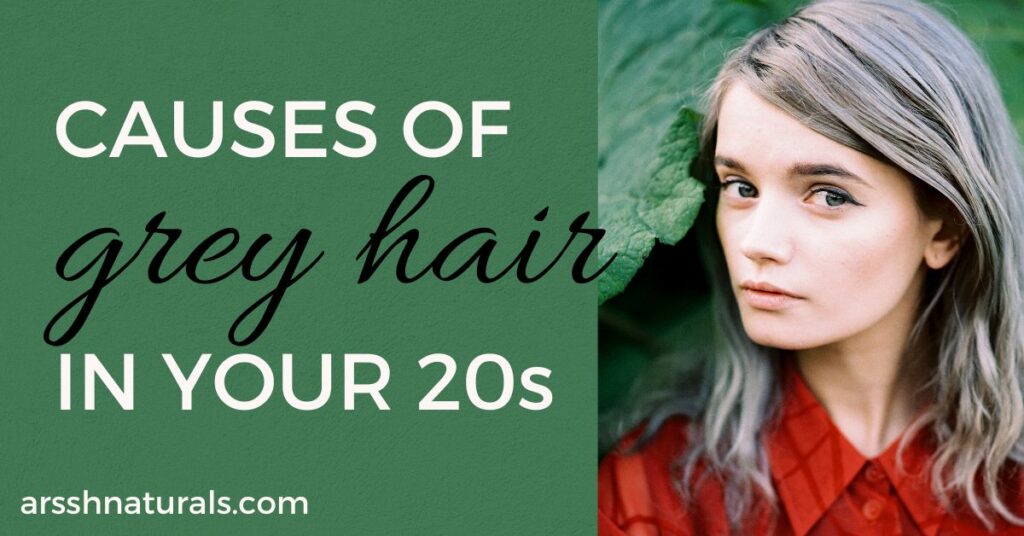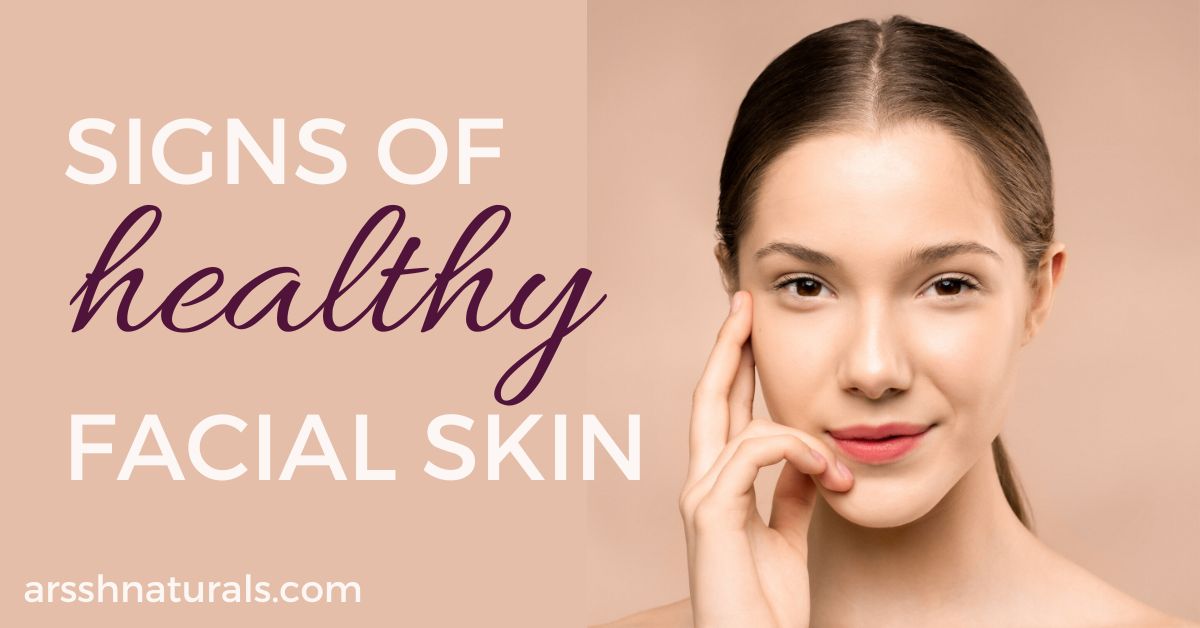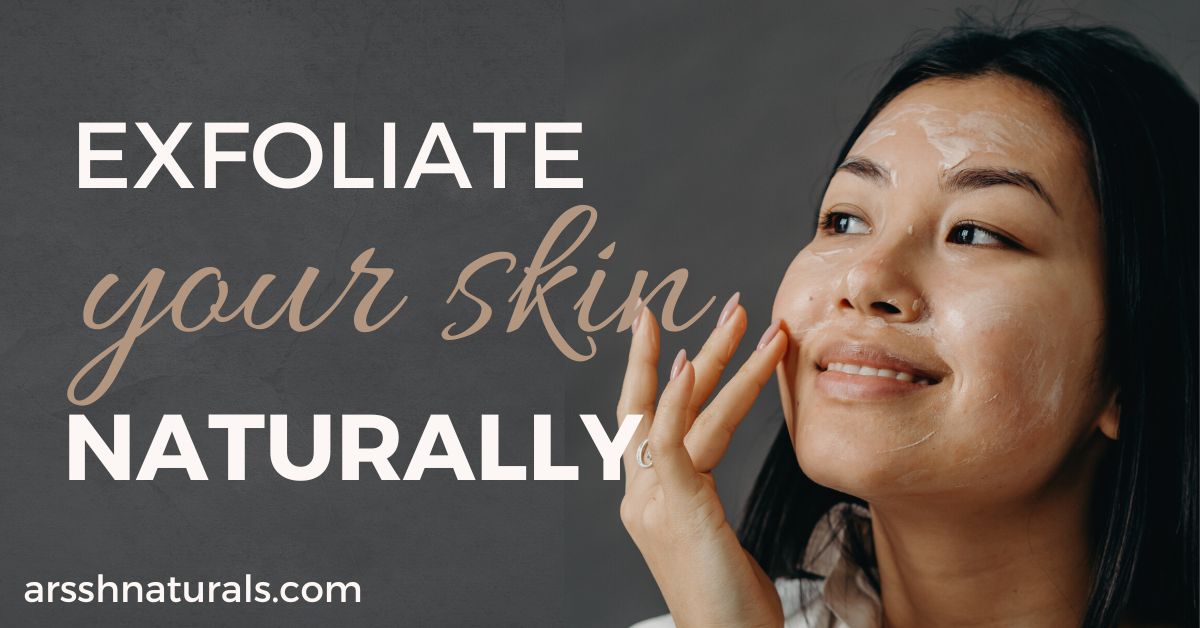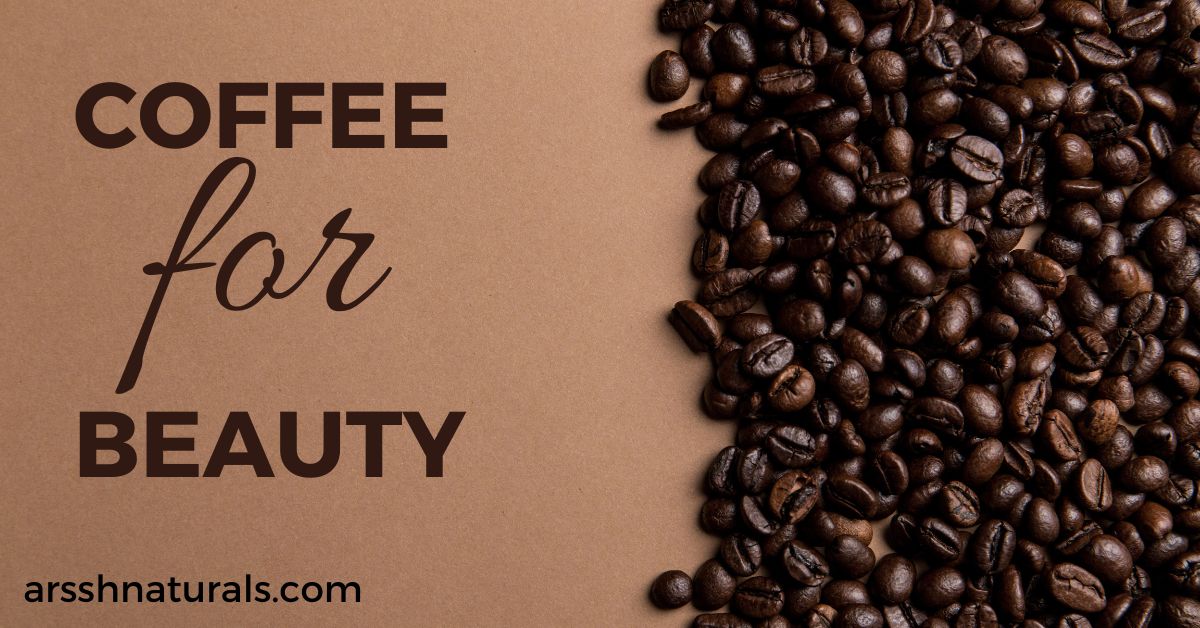As we age, the pigment cells located within our hair follicles undergo a gradual decline. This decrease in pigment cells leads to a reduction in melanin production, the substance responsible for our hair’s color. Consequently, the strands of hair lose their vibrant hues and transition to shades of grey, silver, or white.
The phenomenon of hair greying is a universally experienced one that accompanies the natural aging process. While it’s commonly associated with individuals in their 30s or 40s, there isn’t a specific age at which grey hair emerges. Interestingly, some individuals experience greying in their 20s. Premature greying can also be an indicator of underlying deficiencies or medical conditions that should be addressed.
The positive news is that the process of greying can potentially be reversed with appropriate self-care. By adopting a balanced diet, addressing any health-related imbalances or deficiencies, and effectively managing stress, you may be able to slow down or even reverse the greying process. While the journey may seem overwhelming, it’s important to remember that tackling each issue individually can lead to positive outcomes. To fully grasp the mechanics of greying, let’s delve into its underlying causes.
Understanding the Factors Behind Hair Color
The key determinant of hair color lies in a pigment known as melanin. Within the hair follicle, a structure located beneath the scalp that houses the hair’s root, there are melanocytes. These specialized cells produce melanin in the form of pigment granules. During the hair’s growth phase within the follicle, melanin is infused into the hair fibers, giving the hair its characteristic color.
Melanocytes produce two main types of melanin: eu-melanin, containing brown and black pigments, and pheo-melanin, composed of red and yellow pigments. These pigments are combined in varying ratios to create the wide range of hair colors, including black, brown, blonde, and red. An individual’s unique genetic code determines the concentration and blend of these pigments, ultimately determining hair color.
Unraveling the Causes of Premature Grey Hair
While greying hair was traditionally attributed solely to a decline in melanocyte activity, recent research has revealed additional contributing factors. Notably, the process of hair bleaching from within emerges as a significant contributor to greying. This internal bleaching is driven by an increase in hydrogen peroxide (H2O2) concentrations within the hair structure. H2O2, a natural byproduct of normal metabolism in both cells and hair, is rapidly converted to harmless oxygen and hydrogen in young, healthy individuals.
However, as age advances, the breakdown of H2O2 diminishes. The accumulation of H2O2 within hair follicles disrupts melanin synthesis, effectively halting the production of the pigment responsible for hair color. Moreover, heightened levels of H2O2 and other free radicals contribute to visible signs of aging.
As a result, the primary approach to preventing premature greying lies in swiftly eliminating excess H2O2 and free radicals from the body.
Unveiling the Antioxidant Defense
The body possesses a range of antioxidant enzymes that counteract the effects of hydrogen peroxide (H2O2). These include catalase, MSR (Methionine Sulfoxide Reductase), and glutathione peroxidase. In addition, antioxidants like vitamins C, E, D, and A, acquired through diet, offer protective benefits to the body, including the hair.
A recent study revealed that individuals experiencing premature grey hair displayed notably high H2O2 levels and low MSR and catalase enzyme levels. In contrast, individuals with darker hair exhibited elevated MSR and catalase levels and minimal H2O2 concentrations. This insight underscores the critical role of these enzymes in preserving hair color.
Key Antioxidants for Vibrant Hair
- Catalase: Serving as the initial line of defense against H2O2, catalase efficiently converts H2O2 into water and oxygen. Despite its potency, catalase production diminishes with age, exacerbating the build-up of hydrogen peroxide. Integrating catalase-rich foods into your diet, such as almonds, garlic, onions, cabbage, and more, can aid in restoring natural hair color.
- MSR (Methionine Sulfoxide Reductase): This antioxidant enzyme is instrumental in countering peroxide damage. Rather than directly addressing H2O2, MSR works to reverse its harmful effects. By repairing damaged tyrosinase, an enzyme crucial for melanin production, MSR facilitates color pigment synthesis.
- Glutathione peroxidase: This enzyme functions similarly to catalase, converting H2O2 into water. Consuming foods that enhance glutathione production, like mustard greens, cabbage, and broccoli, can assist in reducing hydrogen peroxide levels.
A Comprehensive Approach to Defying Greying
Mitigating the onset of premature grey hair requires a holistic strategy. Here are five essential measures to consider:
- Quit Smoking: Unveiling the Detrimental Impact of Smoking on Hair Vitality
Beyond its notorious association with various health risks, smoking casts a shadow on hair health as well. The act of smoking introduces an array of harmful free radicals into the body, including the notorious hydrogen peroxide (H2O2), notorious for accelerating the greying process. This influx of free radicals disrupts the delicate equilibrium within the body, including the mechanisms governing hair color preservation. Opting to quit smoking not only reduces the intake of damaging elements but also aids in mitigating the onset of premature greying, thereby supporting the enduring allure of your natural hair color.
- Manage Stress: Tracing the Cortisol Effect on Hair Pigmentation
Amid the hustle and bustle of modern life, chronic stress often becomes an unwelcome companion. However, recognizing the far-reaching consequences is pivotal, particularly when it comes to hair health. Persistent stress not only affects mental well-being but also intricately impacts the vitality of hair. Extended periods of stress lead to the depletion of catalase—an enzyme vital for combating oxidative stress—escalating the production of free radicals. This uncontrolled surge of free radicals disrupts the harmonious function of melanocytes, the cells steering hair color. By adopting effective stress management techniques encompassing mindfulness, relaxation, and self-care, you fortify catalase levels, thus preserving the equilibrium essential for lustrous hair.
- Limit Junk Food: Crafting Dietary Practices for Resilient Hair
The axiom “you are what you eat” resonates profoundly in the context of hair health. Junk foods, notorious for their abundance in unhealthy fats, additives, and processed components, exert a profound influence on free radical generation within the body. These free radicals, including the notorious hydrogen peroxide, contribute to oxidative stress, which perturbs melanin production. By curbing the consumption of junk foods, you not only amplify your overall well-being but also diminish the influx of substances that expedite hair greying. Opting for a balanced diet replete with nutrients not only nourishes your body but also serves as a fortress against premature greying.
- Embrace Fruits and Vegetables: Orchestrating an Antioxidant Symphony for Hair Vitality
The kaleidoscope of colors in fruits and vegetables hints at their nutritional richness, which extends to benefiting hair health. Infused with antioxidants and enriched with vitamins A, E, and C, these nature’s gems operate as stalwart defenders against the onslaught of free radicals culminating in oxidative stress. Antioxidants function as vigilant guards, neutralizing these detrimental entities and sustaining the integrity of melanocytes, pivotal for retaining natural hair color. Infusing an array of fruits and vegetables into your diet not only heightens your overall health but also erects a bulwark against the early onset of greying.
- Opt for Natural Alternatives: Henna
In an era inundated with chemical-laden products, henna emerges as a beacon of natural rejuvenation for those inclined toward vibrant hair color sans health compromise. In stark contrast to conventional hair dyes laden with harsh chemicals, henna presents a safer alternative. Derived from the leaves of the henna plant, this natural colorant boasts a rich history of imparting hues to hair. By harnessing the potency of henna in conjunction with complementary herbs such as indigo, coffee, and beetroot, you can attain a kaleidoscope of red, brown, and auburn shades. Embracing henna not only fosters a sheen of gloss and vibrancy but also eliminates the potential hazards linked to synthetic dyes.
Conclusion
Grey hair, a natural consequence of aging, emerges from the decline in pigment cells and melanin synthesis within hair follicles. However, the process is influenced not solely by genetics, as internal factors such as elevated hydrogen peroxide levels and diminishing antioxidant enzymes also play significant roles. By reinforcing antioxidant defenses through a balanced diet and embracing a holistic lifestyle, you may be able to fend off premature greying and maintain your hair’s natural beauty.
For more posts, visit here
Follow us on Instagram







